-6%
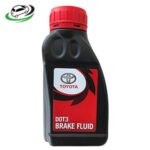
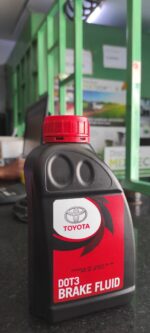
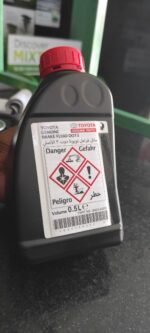
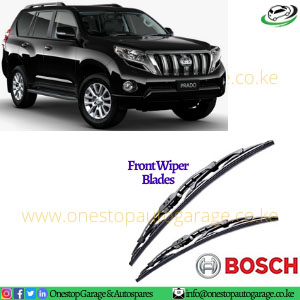
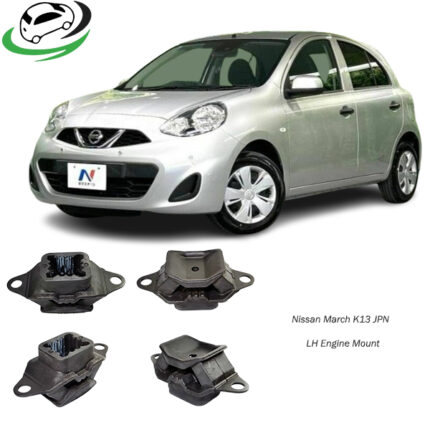



DOT 3 BRAKE FLUID
BRAND: TOYOTA
QUANTITY 500ml
KShs1,800 Original price was: KShs1,800.KShs1,700Current price is: KShs1,700.
Payment Methods:
Find the Best Prices for Dot 3 Brake Fluid Toyota in Nairobi Kenya.
The Price for Toyota Brake Fluid Dot 3 is Ksh 1700 in Nairobi Kenya.
DOT 3 Brake Fluid: Properties, Applications, and Importance in Automotive Safety
Brake fluid is a critical component in a vehicle’s braking system, playing a crucial role in ensuring safe and effective operation. Among the various types of brake fluids available, DOT 3 brake fluid is a widely used specification that meets the demanding requirements of modern automotive braking systems. In this article, we will delve into the properties, applications, and the significance of DOT 3 brake fluid in maintaining road safety.
Composition and Properties:
DOT 3 brake fluid is a glycol-based hydraulic fluid formulated to operate in high-stress conditions within a vehicle’s braking system. The fluid’s composition typically includes glycols, corrosion inhibitors, and other additives that enhance its performance and longevity. The most common glycol used in DOT 3 brake fluid is polyethylene glycol, which exhibits excellent stability and high boiling points.
One of the critical properties of DOT 3 brake fluid is its high boiling point. Brake fluid operates in a harsh environment, exposed to high temperatures generated during braking. The fluid must resist boiling to prevent the formation of vapor bubbles, which could lead to brake fade – a dangerous condition where the brakes lose their effectiveness. The Department of Transportation (DOT) sets minimum boiling point requirements for different brake fluid specifications, and DOT 3 brake fluid is no exception.
Moreover, DOT 3 brake fluid has hygroscopic properties, meaning it has the ability to absorb and retain moisture from the surrounding environment. While this characteristic helps to prevent water accumulation within the braking system, it also poses challenges. Over time, moisture can degrade the fluid’s performance by lowering its boiling point and causing corrosion within the brake system components.
Applications:
DOT 3 brake fluid is commonly used in hydraulic brake systems in passenger vehicles, light trucks, and motorcycles. It meets the specifications set by the Society of Automotive Engineers (SAE) and the National Highway Traffic Safety Administration (NHTSA) in the United States. Its popularity is also due to its compatibility with various materials commonly used in brake system components, such as rubber and metal.
Most vehicles equipped with disc or drum brakes utilize DOT 3 brake fluid in their hydraulic brake systems. The fluid is designed to transfer hydraulic pressure efficiently, enabling the activation of brake calipers or wheel cylinders to apply force on brake pads or shoes, ultimately slowing down or stopping the vehicle.
Boiling Points and Temperature Stability:
One of the key considerations in brake fluid selection is its boiling point. DOT 3 brake fluid must have a minimum dry boiling point of 401°F (205°C) and a wet boiling point of 284°F (140°C), according to the DOT 3 specification. The dry boiling point refers to the boiling point of the fluid in its fresh, unused state, while the wet boiling point accounts for the fluid’s boiling point after it has absorbed moisture over time.
The high boiling points of DOT 3 brake fluid make it suitable for heavy-duty braking applications, where the braking system is subjected to elevated temperatures during prolonged use. This ensures that the fluid remains in a liquid state, preventing the formation of vapor bubbles that could compromise brake performance.
However, it’s essential to note that the hygroscopic nature of brake fluid can lead to a decrease in its boiling point over time as moisture accumulates. Regular maintenance, including periodic fluid replacement, is crucial to maintaining optimal brake system performance and safety.
Compatibility and Mixing of Brake Fluids:
Ensuring compatibility between brake fluids is vital to prevent detrimental effects on the brake system. While DOT 3 brake fluid is widely used, it’s crucial not to mix it with brake fluids of different specifications, such as DOT 4 or DOT 5. Mixing different types of brake fluids can lead to chemical reactions that compromise the fluid’s properties and, consequently, the performance of the braking system.
DOT 3 and DOT 4 brake fluids are similar in composition but have different boiling points. DOT 4 generally has a higher boiling point than DOT 3, making it suitable for more demanding applications. However, if DOT 4 fluid is added to a system that originally used DOT 3, it does not upgrade the entire system to DOT 4 specifications. Therefore, it’s essential to adhere to the manufacturer’s recommendations and use the specified brake fluid for optimal performance and safety.
Importance in Automotive Safety:
The braking system is a critical safety component in any vehicle, and the choice of brake fluid directly influences its effectiveness. DOT 3 brake fluid’s high boiling point ensures reliable braking performance under various driving conditions, including heavy braking or extended downhill descents.
Regular maintenance of the brake fluid is essential to prevent the accumulation of moisture and the associated degradation of the fluid’s properties. Moisture in the brake system can lead to corrosion of brake components, including calipers, wheel cylinders, and brake lines, potentially compromising the structural integrity of these parts.
In addition to regular fluid replacement, it’s crucial to inspect the entire braking system for leaks, wear, and other issues that may affect performance. Proper maintenance not only ensures the longevity of the braking system but also contributes to overall road safety.
Conclusion:
DOT 3 brake fluid plays a pivotal role in ensuring the safety and reliability of a vehicle’s braking system. Its high boiling point and compatibility with common brake system materials make it a popular choice for various automotive applications. However, understanding its properties, regular maintenance requirements, and compatibility considerations are crucial for maintaining optimal brake system performance and, ultimately, ensuring the safety of drivers, passengers, and others on the road. Brake fluid should be treated as a vital component in the broader context of vehicle maintenance, emphasizing the need for adherence to manufacturer specifications and routine inspections to uphold the highest standards of safety on the road.
No account yet?
Create an AccountTEAM ONESTOP
Typically replies within minutes
Looking for parts?
Team Onestop
Car Parts Specialists
🟢 Online
WhatsApp us